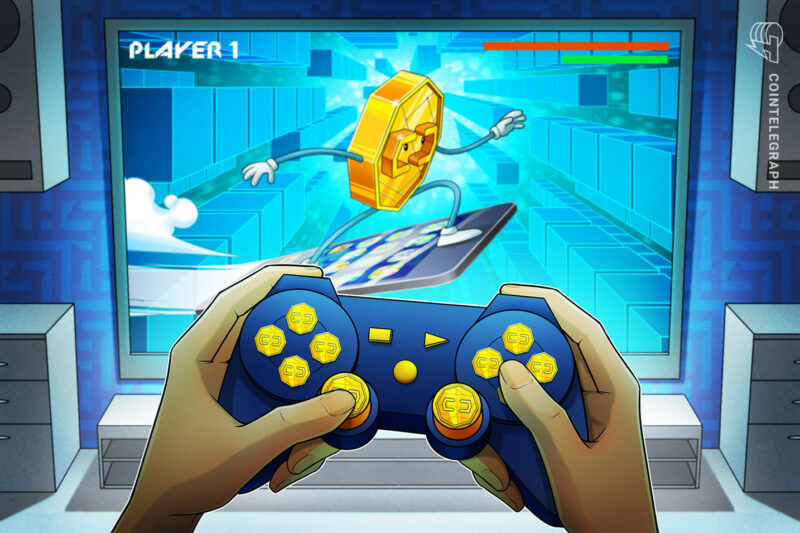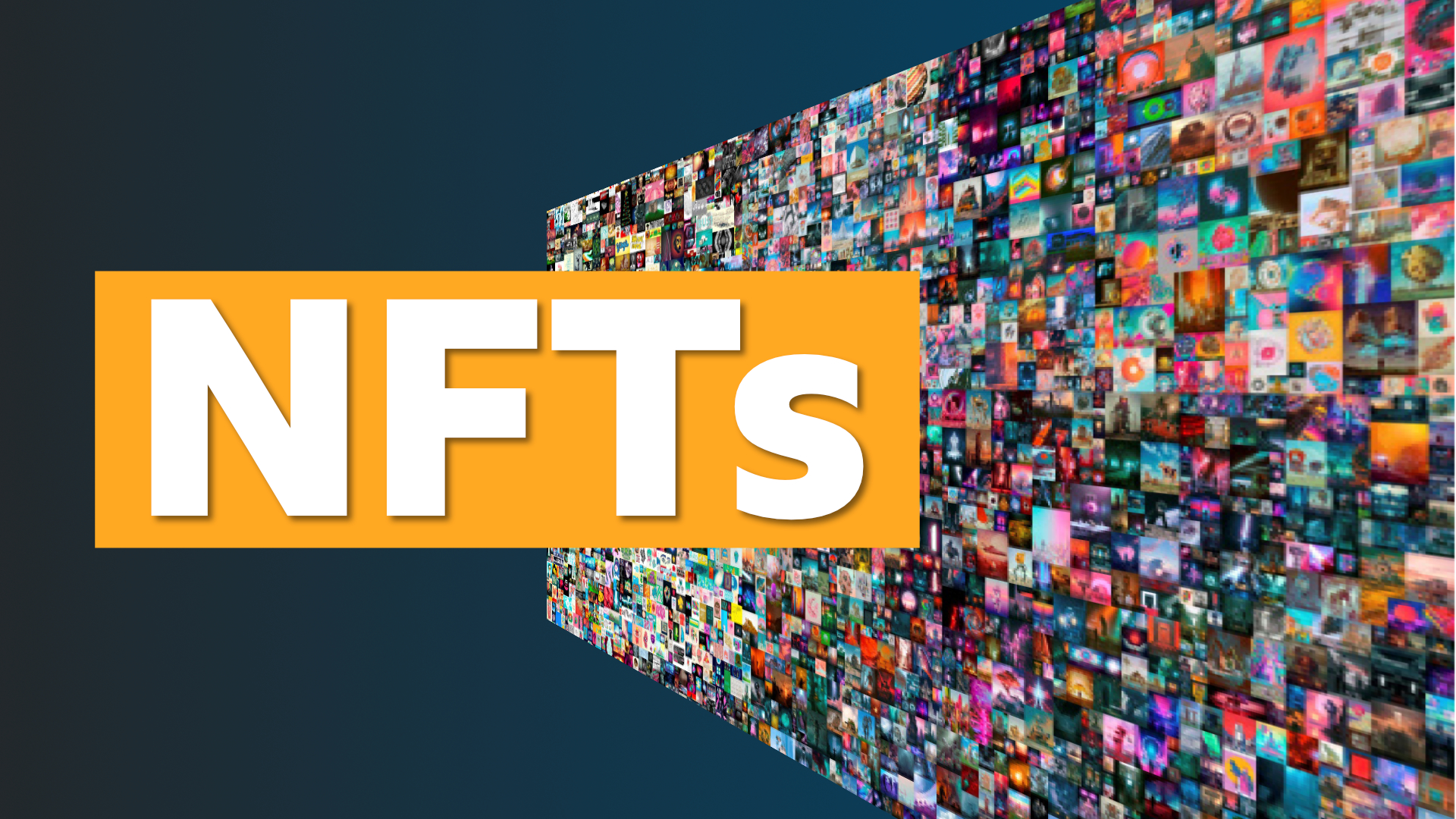NFTs and the Dawn of a New Collective Bias

Democratization Demands Accessibility
Nowhere is this more true than in the financial industry. For centuries, establishment
institutions have maintained their foothold in the global financial system. Those seeking
change and demanding better economic equality have found themselves in a largely solitary
battle against the establishment. So it’s no surprise that financial innovation brought forth by
crypto is seen as a revolution by many, as it anchors on the collective to turn the tide against
the system.
While systemic changes are gradual, the democratization of finance is already accelerating
changes to retail investing behavior today. We believe these changes are the result of
collective bias. However, in this case, we refer not to the collective bias associated with
conventional herd mentality but rather the bias nurtured by the collective force. We know
that herd mentality typically leads to emotion-based decisions, but while others may
influence them, they are not necessarily the result of a coordinated effort. We now see a new
type of collective bias emerging through social coordination.
Cue Gamestop and AMC.
While the meteoric rise of meme stocks may seem absurd, we should not dismiss the
phenomenon as a short-lived coordinated attack on companies otherwise undeserving of
front-page news. Instead, the very absurdity of the meme stock saga should make us rethink
the influence and impact of collective bias. As for $GME and $AMC, collective bias resulted
in thousands of individuals aligning sentiments on Reddit to coordinate a lift in the stock
price and create a crowd-sourced short squeeze. This collective force moved the financial
markets and brought pain to hedge fund short sellers while also imbuing a renewed sense of
agency for the average retail trader.

As we’ll explore, the intersection between non-fungible tokens (NFTs) and finance takes the
notion of collective bias to another level.
From Investability to Playability
Crypto was not always considered an investable asset class. Bitcoin took years to prove
itself worthy of institutional capital and, eventually, the attention of publicly listed companies.
With the advent of Ethereum and the decentralized financial ecosystem that now sits atop
the base layer blockchain, crypto “investability” is no longer the concern. Instead, the
narrative has shifted focus to the investability of specific categories of coins. Sophisticated
crypto investors are starting to think through portfolio diversification, qualifying assets with
the help of metrics such as cash flow, revenue, burn rates, staking yields, etc.
In part enabled by crypto, the democratization of financial market participation has produced
opportunities for asset ownership to a broader base of retail investors. Lower barriers to
entry mean that more investors are becoming keen to trade and invest in an array of
financial products. The rise of fintech companies such as Robinhood and SoFi and
innovations such as tokenized securities indicate this demand. When it comes to crypto, we
see interest growing beyond core assets such as Bitcoin and Ethereum to fringe markets
such as NFTs.

First, let’s consider what NFTs are
Perhaps digital art, fine art, music, or collectibles come to mind. Some may think of NFTs as
just tokenized representations of these items. But NFTs resemble much more than just
digital representations of their underlying assets. NFTs are encoded with features such as
provable scarcity and ownership verification and can offer unique permissions such as
exclusive access to products and experiences. At their core, NFTs represent the
democratization of culture, making culture investable for all. In doing so, NFTs are merging
social with finance, turning the act of investing into a fun and playable experience. Might
NFTs be the ultimate engine powering the gamification of crypto finance? Let’s take a look at
how Web 3 is enabling the play-to-earn phenomenon we see today.
NFTs and the Gamification of Finance
Play-to-earn (P2E) is a relatively new gaming paradigm. As this article explains, “at the core
of the P2E model is the premise that, with nothing more than their time and effort, a player
can unlock real-world economic value via in-game items and currencies.”
In other words, P2E is unlocking new channels of monetization. Axie Infinity, a popular blockchain-based
game, has brought P2E mainstream by enabling gamers to monetize their gameplay, and for
many, enough to earn a sizable monthly income. With half a million daily active users
globally, Axie Infinity is becoming an alternative source of income for people in emerging
economies such as the Philippines, Indonesia, and Venezuela.

“The average player can earn 4,500 $SLP a month, so if we assume that about a third of
those Pinoy players are playing at the optimal level, they are collectively going to earn
222,750,000 $SLP this month. How much is $SLP in peso terms? Well, as of this week,
it’s over 9 pesos each, which means that these kids are cumulatively going to be raking
in around 2 BILLION PESOS this month. To put that into perspective: 2 billion pesos is
the average amount of remittances that ALL the OFWs (Overseas Filipino Workers) living
in Hong Kong send back home to the Philippines each month.”
– Luis Buenaventura,
co-founder of BloomX
The new wave of metaverse gamers gives birth to a new type of collective bias toward
means of economic mobility. In this case, instead of coordinating trades, gamers are
coordinating alternative means of accessing economic opportunities by growing the value of
digital economies. With player-owned games, we are starting to see the value of in-game
economies converge with real-world economic opportunities.
Given the popularity of the game, the cost of accessing the Axie universe is increasing. As a
way for new players to bootstrap their way into the game, the Axie community has
developed a scholarship program, where Axie owners rent their Axies — the in-game battle
creatures — to new players through a profit-sharing arrangement. This way, new players
don’t need to commit capital upfront and can instead immediately start earning Axie’s
in-game reward/utility token called Smooth Love Potions (SLPs) by winning battles. Gamers
use the SLPs to breed new Axies, which double as NFTs and are tradeable on secondary
markets. SLPs are similarly tradeable on crypto exchanges, and holders can convert the
tokens into fiat and use the proceeds for real-world economic activities.
One could argue that this socially coordinated effort to “mine” economic value in digital
games is the primary reason behind the uptrend of $AXS, the native platform token. Perhaps
we can even go so far as to say that the recent eye-watering price surge is not so much the
result of token fundamentals as it is the collective bias fostered by the Axie community.
Conclusion
Online social communities heavily impact how the next generation is making decisions.
Changes in investing and trading behavior are showing early signs of this.
Technology is democratizing access to financial products and platforms, and nowhere do we see the
intersection of asset investability and playability accelerating as fast as in the world of crypto
and NFTs. The future is leaning into the collective force. If crypto is any indication, it’s only the break of dawn.
https://blog.chain.link/axie-infinity-play-to-earn-gaming-with-chainlink/
https://www.coindesk.com/how-axie-infinity-creates-work-in-the-metaverse
For more on the P2E model and Axie Infinity’s in-game economics, refer to this article












